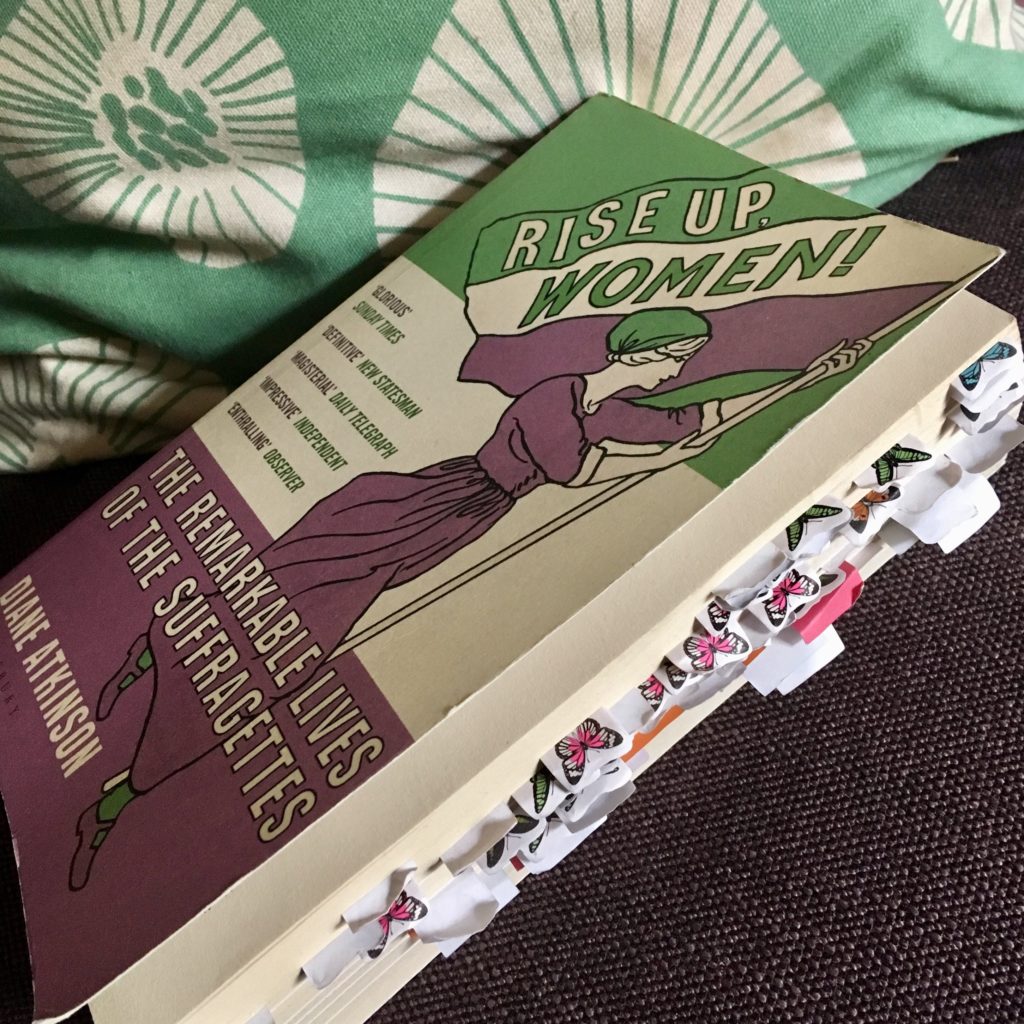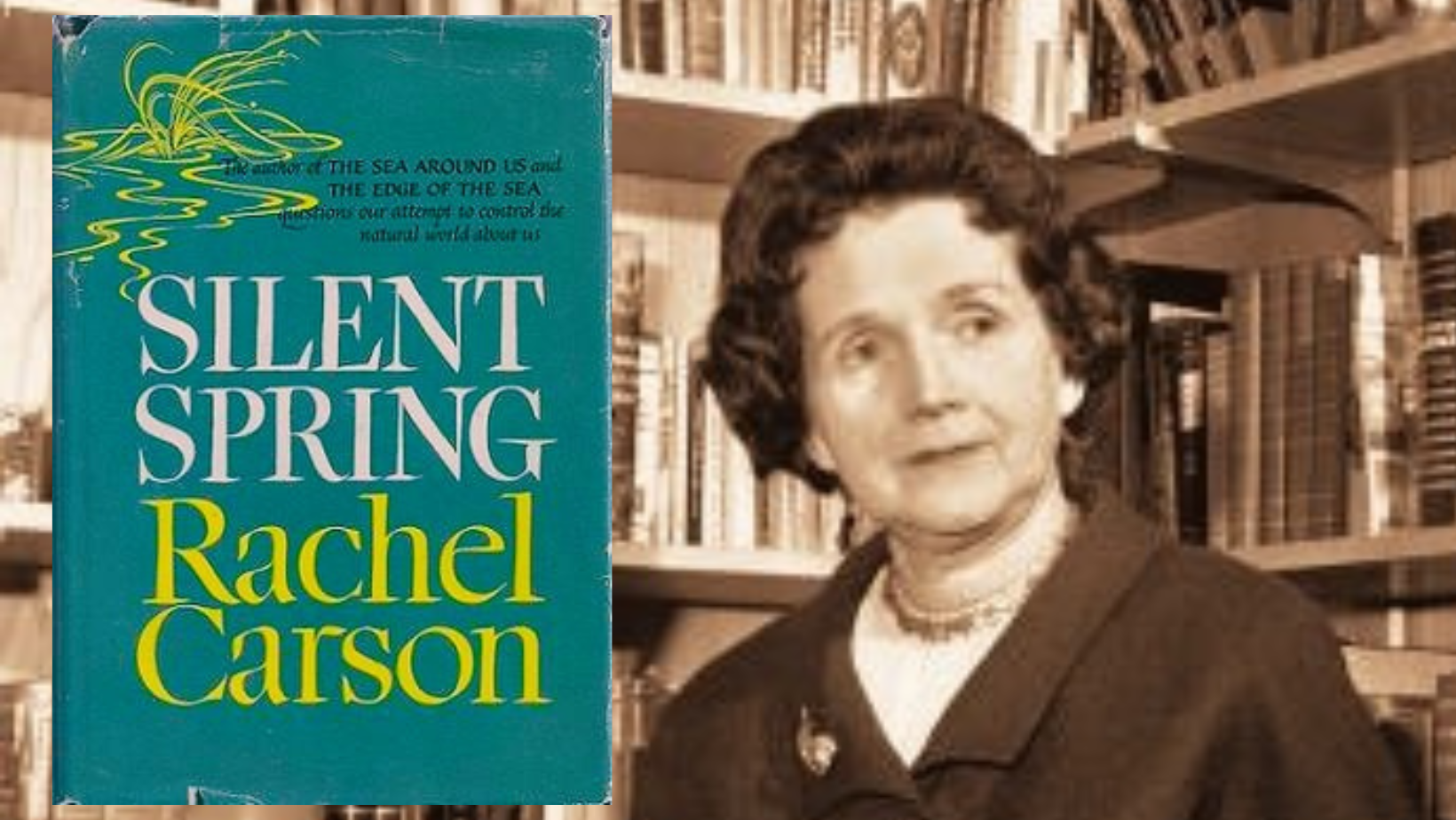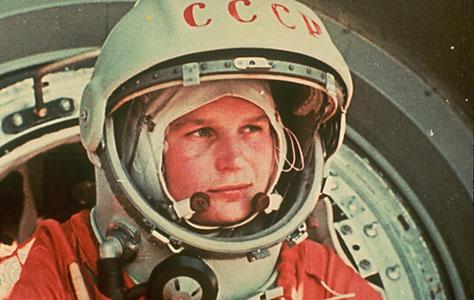We are no longer posting new content on Meta. We cannot, in good conscience, continue to encourage engagement on a platform that is increasingly hostile to women and the LGBT+ community. If you have been enjoying our work on Meta, you can still find us on BlueSky, Mastodon and our own website.
Continue reading “Shuttering our pages on Meta”Lady Jane Grey and plotting a Tudor succession
On 21 June 1553, King Edward VI of England and Ireland convinced his noblemen to sign a document agreeing that his cousin Lady Jane Grey would inherit the crown when he died. She lost her head instead.
This month, we look at Lady Jane Grey’s place in history. How and why did she end up as a missing queen?
Continue reading “Lady Jane Grey and plotting a Tudor succession”Eight famous women singers
On 15 May 1946, Camilla Williams made her debut as Cio-Cio San in the New York City Opera’s production of ‘Madame Butterfly’. She was the first black woman to sign a contract with a major US opera company. This month, we take a quick look at eight of the most iconic female singers in opera history.
First up, it’s worth noting that opera was hugely popular from the 1700s to the 1960s. These famous women singers were as popular in their time as Beyonce or Lizzo now. It’s also worth noting that opera singers were seen as disreputable and scandalous in the 1700s, and this social attitude continued into the 1800s. As ever, powerful, financially independent women using their voices had to be cast out in some way.
This month we’re focussing on female popular singers from the 1830 onwards. Maybe we’ll visit the Covent Garden of the 1700s another time…
Continue reading “Eight famous women singers”Sixty years of Silent Spring
Olga Owens Huckins watched the birds falling lifeless all around her property in Massachusetts in January 1958. It was just after the area had been sprayed with DDT from a plane. She wrote to the Boston Herald and sent a copy of her letter to her friend Rachel Carson. Carson was a marine biologist and a best-selling nature writer who was already very concerned about the use of man-made chemicals, especially pesticides, on the natural world.
Carson already had three best-selling non-fiction books: Under the Sea Wind, The Sea Around Us and The Edge of the Sea. She added her friend’s letter to the evidence she was building for her next book.
Continue reading “Sixty years of Silent Spring”Summer break 2019
We’ve taking a summer break from the Women of the Week posts. We’ll still be posting daily whenever possible on our social media channels.

Our work elsewhere…non-violent protest
Mags has written about the parallels between the Mansion House protest and early suffragette tactics for the New Statesman.
The key source for the suffragettes parts is Rise Up, Women by Diane Atkinson (Bloomsbury, 2018). Mags has been reading it steadily for months, and marking events that could become #OnThisDay facts for our social media.

She also considered including the Greenham Peace Camp, where again women using non-violent protest were violently treated.
“I didn’t include them in the end. The missiles left Greenham not because of the protests but the wider glasnost and thawing of the Cold War. I also wanted to use the statues in Parliament Square to support my point that people once seen as threatening to those in power become celebrated. The Greenham women are not as far along that journey of acceptance.”
Elena Piscopia receives her doctorate: 25 June 1678
On 25 June 1678, Elena Lucrezia Cornaro Piscopia is cross-examined in the Cathedral of the Blessed Virgin in Padua. Crowds of nobles, scholars and city officials are watching. Her answers on two Aristotelian theses impress her examiners and she is awarded the Doctorate of Philosophy degree. She is one of the first women to receive a doctorate in the world.
Continue reading “Elena Piscopia receives her doctorate: 25 June 1678”Khan, Rowden and Lefort set out for France: 17 June 1943
On 17 June 1943 Noor-un-nisa Inayat Khan, Diana Rowden and Cecily Lefort left for France in a small plane. All three women were trained Special Operations Executive agents setting off on their separate missions for the British against the German occupiers. None of them returned.
Continue reading “Khan, Rowden and Lefort set out for France: 17 June 1943”Valentina Tereshkova reaches orbit: 16 June 1963
On 16 June 1963, Valentina Tereshkova became the first woman in space, orbiting the Earth 48 times in Vostok 6. With her flight, she clocked up more hours in space than all the preceding American manned missions combined. She remained the only woman to have flown in space for 19 years and she remains the only woman to have completed a solo space mission.
Continue reading “Valentina Tereshkova reaches orbit: 16 June 1963”Ada Lovelace meets Charles Babbage: 5 June 1833
On 5 June 1833, Ada Bryon attended a party at mathematician Charles Babbage’s house. She’d been presented at court a few days earlier so it was simply part of the London season. Except Babbage invited Ada to see his prototype Difference Engine. It was the start of an intellectual friendship that resulted in Ada becoming the first theoretical computer programmer.
We know machines run algorithms now, delivering customised playlists or sorting job applications. Ada was the first person to perceive the numbers to be used in calculations could also act as symbols for other systems.
Continue reading “Ada Lovelace meets Charles Babbage: 5 June 1833”







